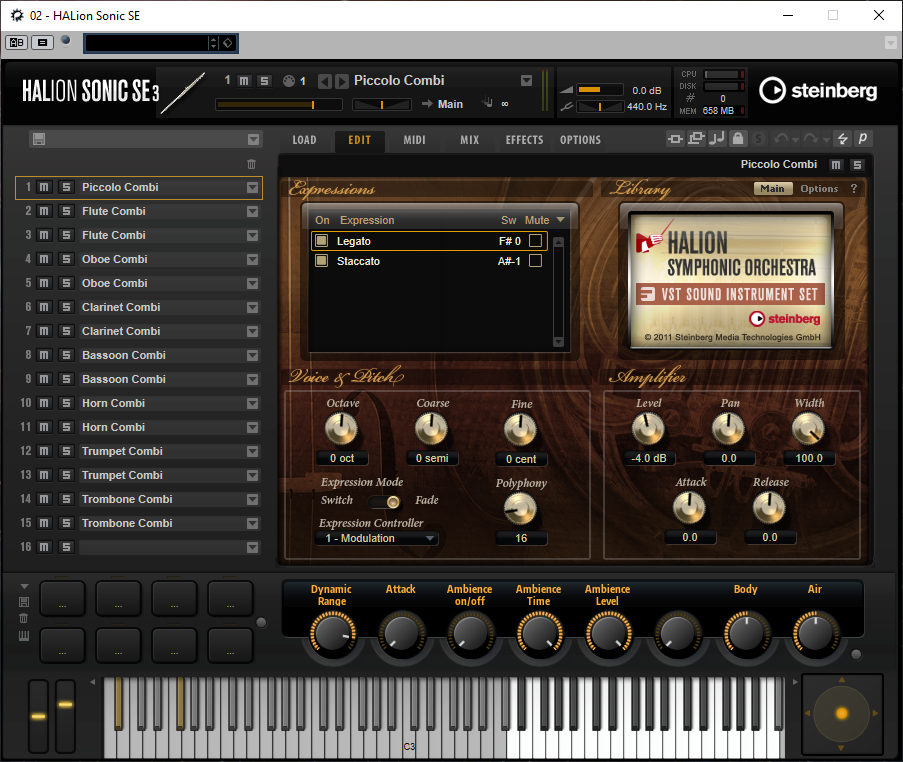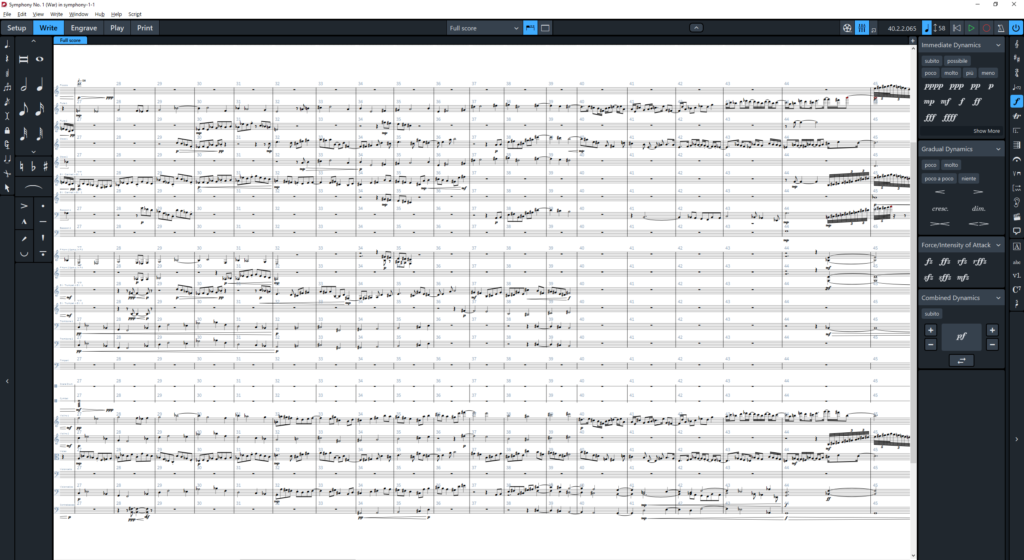Finishing my second week–begun 22 Feb 2021–of mixing the audio from MuseScore in Steinberg’s Dorico notation software.
My previous experience had been working with some of my Orchestral Studies (which, though well-intentioned, I abandoned after just a few) and I had gone through various struggles with it. Before I complain, I always have to praise the existence of an open standard for music notation allowing the transfer between FOSS (MuseScore) and proprietary (Dorico) platforms. Years ago, using Finale Allegro for notation, there was no standard that I knew of and my music (all of the rock operas) was siloed into their proprietary formats. That-being-said, the transfer can be very choppy at times.
Technical concerns:
Dorico is primarily notation software useful to me as a conduit between the sheet music and a semblance of an actual orchestra. Dorico calls this “Write mode”. Most of what I read regarding DAWs vs. notation is from musicians who mix recorded instruments and who compose in what Dorico calls “Play mode”. Play mode appears as a collection of horizontal bars that can be expanded to input pitches (as sub-regions of those horizontal bars) and to specify performance dynamics. Although I work within it, “Play mode” is different than what I am comfortable with.
Consider the two as either scribbling on staff paper or manipulating sliders in a mixing booth. They’re just two different ways to manifest your ideas.

Finally, and important to both my use and others’, is the virtual instruments that are attached to each staff/horizontal bar. These are either sampled or synthesized or some combination of both and can be inexpensive (HALion Sonic SE 3 came free with Dorico) or verrrrry expensive (Ionica Opus is $1000). My needs are orchestral, but there are hundreds of other packages with ambient sounds, electronica, ethereal choirs, or whatever.
(Anecdote for musicians: I had recently spoken with a musician not trained in music theory about using a DAW. They struggled with creating harmonies by duplicating the “horizontal bars” up and down in equal positions. This of course resulted in the unwanted parallel non-harmonic progressions, e.g. a third starting on I and III moved up or down and remained major thirds. Such is the treachery of graphical input.)


Back to the issue of “choppy” transfers from MIDI to virtual instruments using Music XML files. Amplitude, cresc. and decresc. and contrasts between levels of p and f, is guaranteed to be different but I haven’t found a pattern as to when. Probably more with brass and maybe oboes. Staccato will sound different based on the instrument’s attack. MIDI provides instrument-specific attack, but virtual instruments will provide a more natural attack and decay. Because of these difference, I was really writing for a MIDI orchestra as opposed to a real one. This gets me closer.
Unrelated to sound quality, the import and management of percussion tracks just drives me batty. I still haven’t quite solved it. I lose the notated “side stick” sounds for the snare drum and the nuance of cymbal tremolos are difficult to achieve. There’s an incredibly rich set of sounds you can get with percussion so it’s bound to be a hairy area to master.